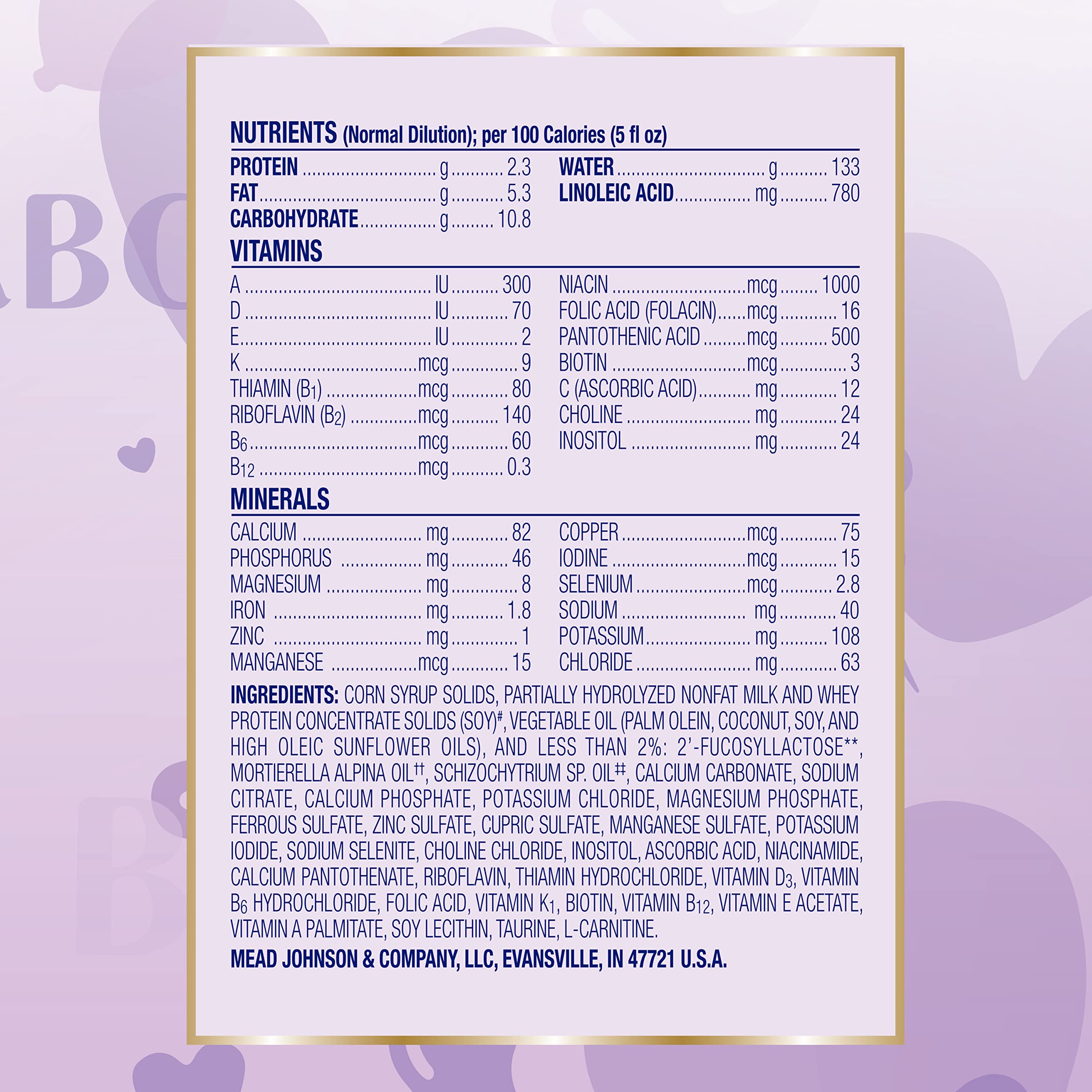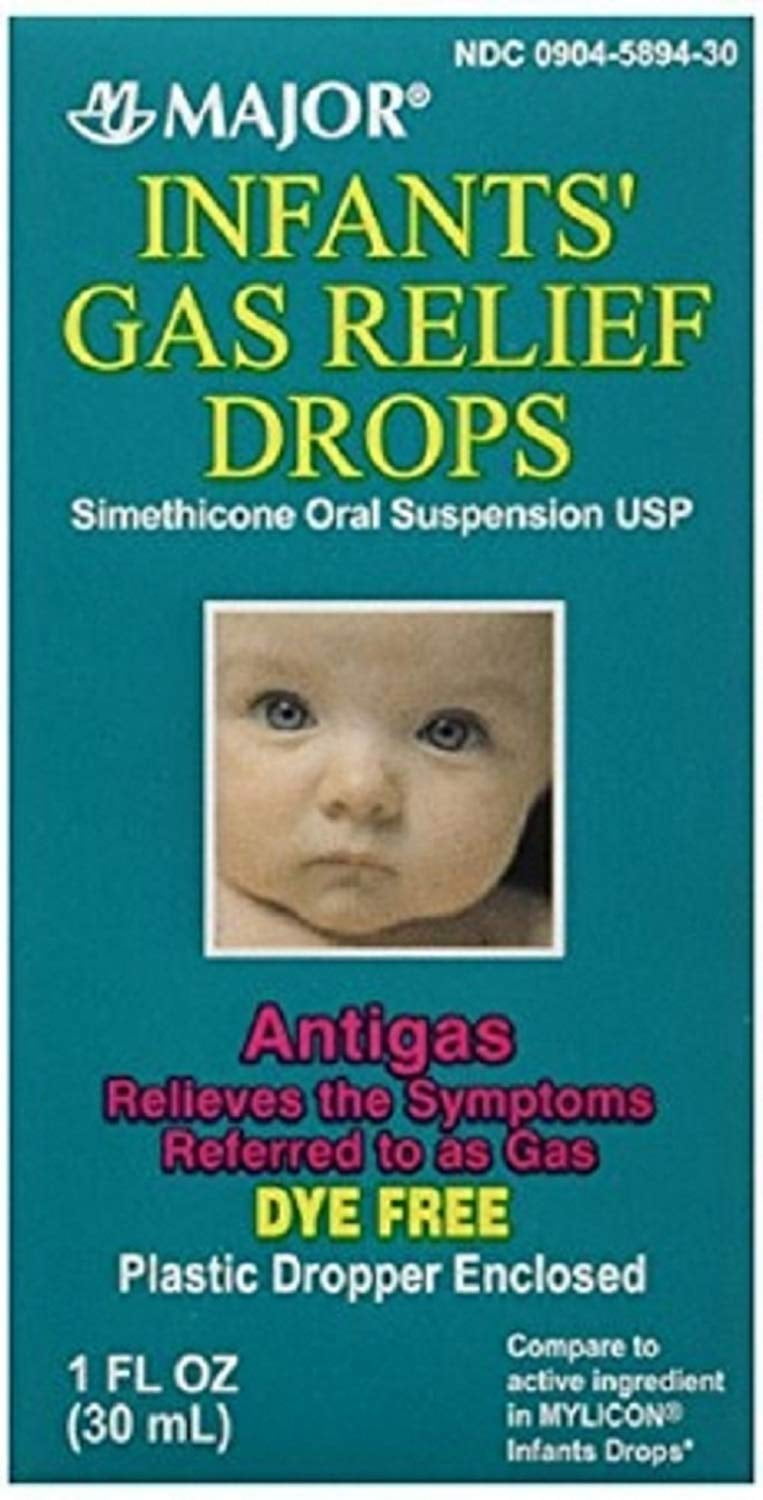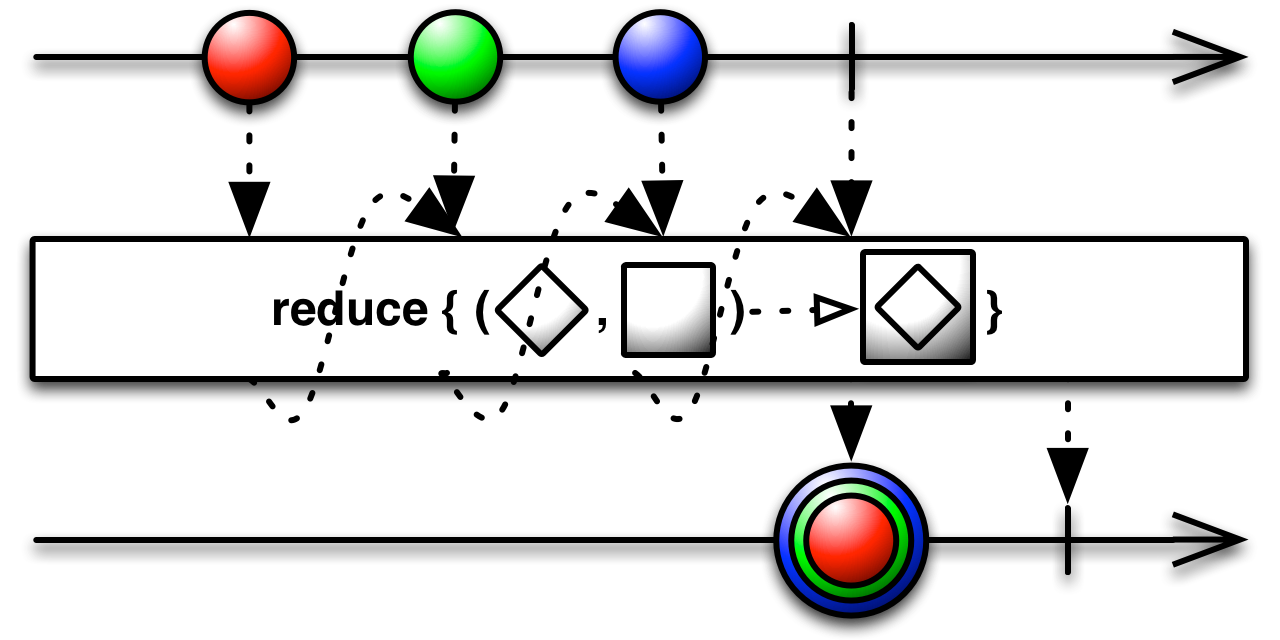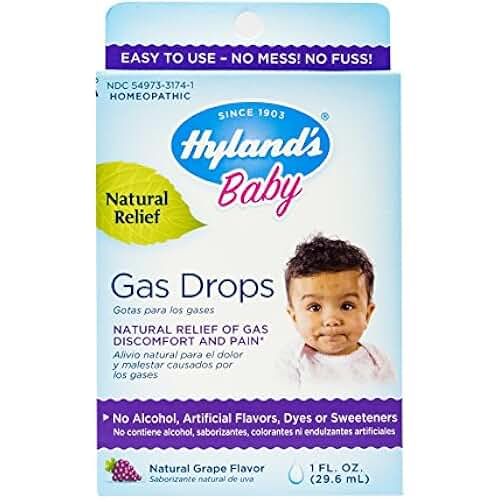Exemplary Tips About How To Reduce Infant Gas

However, to reduce the risk of sudden infant death syndrome (sids), the best sleeping position for a gassy baby—and every baby—is on their back.
How to reduce infant gas. Consult your doctor to determine whether trying a new formula is worthwhile. In breastfed infants, this means ensuring that their lips.
Sex & relationships products & gear what to do if your baby is gassy and in pain is it gas? Try these tips if your young baby is bothered by gas: It’s very common for babies to spit up after feedings.
A warm bath and compress work as the best natural remedy for colicky babies and offers respite from. When a baby has gas, tiny bubbles develop in their stomach or. How to help infants with gas.
When to worry about baby’s gas the good news is that most gas issues resolve themselves over time. Here are six tips and tricks we recommend for relieving and reducing infant gas: A newborn or baby having gas isn’t something to worry about in itself.
Following these simple methods can help relieve the baby’s gas: Perhaps the easiest way to try to prevent gas in babies is to minimize the amount of air they’re swallowing. All crying babies pass lots of gas.
Their stomachs also make lots of gassy noises. Some infant formulas are promoted to reduce newborn gas. Your abdomen should expand when you breathe in.
But a baby who’s showing discomfort because of gas is asking for some help from their caretakers. Gas is simply part of life, from day one.
This is typically caused by swallowing too much air in the process, which leads to gas. How to prevent baby gas how to relieve a gassy baby could baby gas be something more serious? Start feedings before your infant cries a long time from hunger.
Change feeding positions trapped gas occurs when an infant is unable to move. Home remedies such as moving their legs and raising their head may help soothe a gassy baby. Rub warm oil on the baby’s tummy and gently massage.
Gas symptoms remedies other reasons for crying speak with a doctor. Inhale through your nose for four seconds, hold your breath for two seconds, then exhale for six seconds. Once you’ve identified the cause, you can take measures to help prevent (or at least minimize) it in the future, and be prepared by having the proper gas treatment on hand.


















